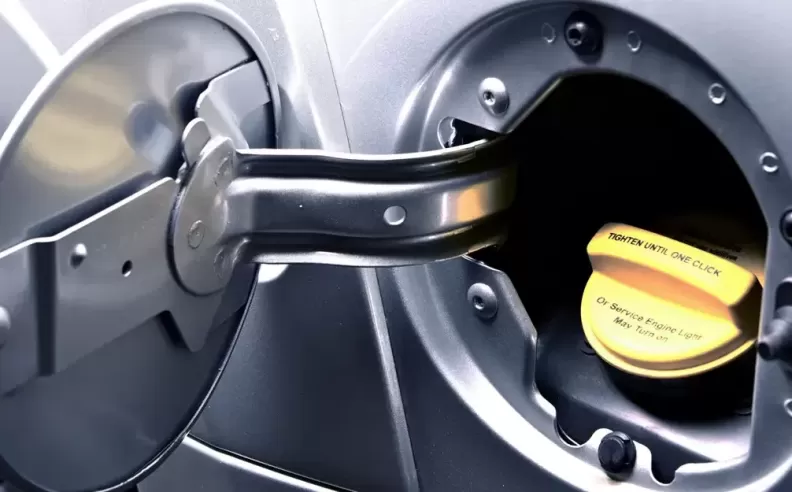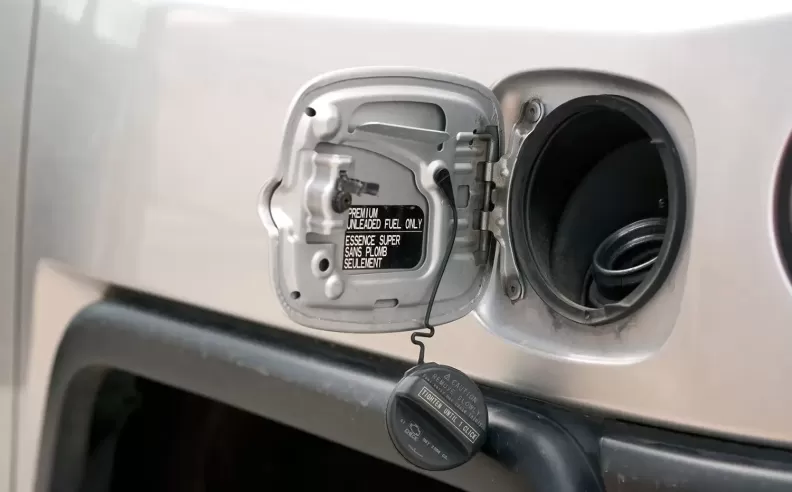
When it comes to car maintenance and knowledge, most drivers focus on the engine, brakes, or suspension. But the fuel tank is just as essential. It holds the energy your car runs on, connects to critical systems like the fuel pump and filter, and plays a key role in safety and efficiency. This article breaks down how fuel tanks work, what types exist, and how to take care of them to avoid costly repairs.

The fuel tank is the sealed container that stores gasoline or diesel and feeds it to the engine. It is connected to the fuel filler neck, pump, and lines that carry fuel to the combustion system. Most modern cars also include a fuel sensor to display how much fuel is left.
Far from being just a storage box, the tank must manage pressure, resist corrosion, and maintain a stable flow of fuel. It works with a vent valve to prevent vacuum or excess pressure and includes a filter to remove debris before fuel reaches the engine.

Older cars often used steel fuel tanks, which are strong but prone to rust. Today, most manufacturers use HDPE (plastic composite) tanks because they are lighter, resist corrosion, and help improve fuel economy.
Some vehicles feature multilayer tanks designed to trap vapors and reduce emissions, while off road trucks or large SUVs may come with dual fuel tanks to extend driving range. Hybrid cars still rely on small fuel tanks for their backup gasoline engines, even though full electric vehicles do not use traditional tanks at all.

To keep your fuel tank in good shape, avoid filling up from suspicious or low quality gas stations. Never drive with fuel always near empty, as that can overwork and overheat the fuel pump. Replace the fuel filter every 20000 to 40000 kilometers and inspect the tank if you ever smell fuel or notice a drop in performance.
In hot climates, parking in shaded areas helps prevent fuel expansion and pressure buildup. These small habits can extend the life of the tank and prevent issues like leaks or pump failure.

Common signs include fuel leaks under the car, a strong gasoline smell inside the cabin, poor engine performance, or unexplained increases in fuel consumption. If you notice any of these, it may be time to inspect the fuel tank or connected components.

Started my career in Automotive Journalism in 2015. Even though I'm a pharmacist, hanging around cars all the time has created a passion for the automotive industry since day 1.
